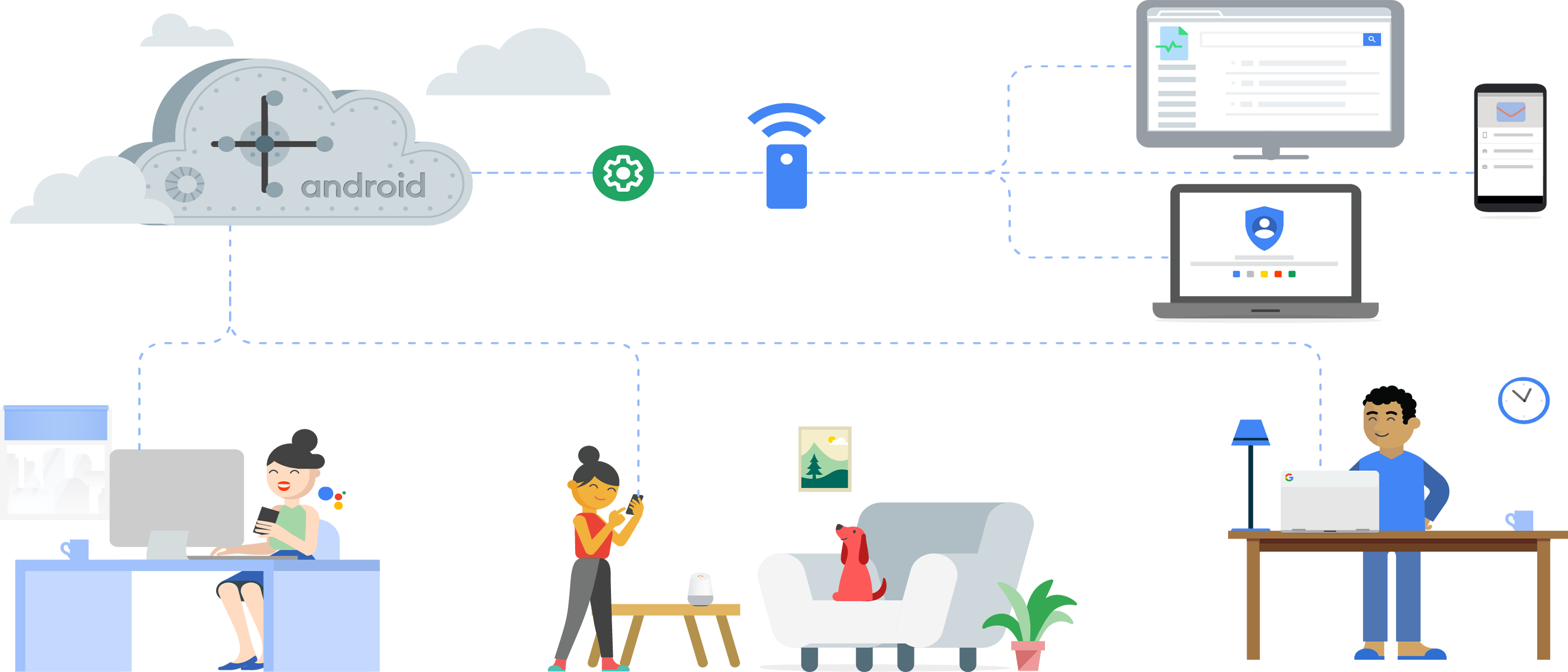ZTNA is a security model that relies on strong authentication and authorization to ensure access to network resources. It also incorporates a range of other factors like user location, timing, and device security posture to provide access that is always granted on a need-to-know basis. It can be implemented in 2 ways: agent-based or service-based. Both methods use a service to authenticate users and devices. The service then establishes connections with applications to validate user identity and device security posture.
Analytics
Zero trust access management relies on continuously verifying users, devices and applications to keep your network secure. It also aims to limit the “blast radius” of any external or insider breach. To achieve this, your organization must first collect data on the current state of its assets, infrastructure, communications and end users to make security policy decisions. Once this is done, your zero-trust approach will be more effective. For example, you’ll need to identify which assets are most valuable and vulnerable – then verify and authorize only those to access them. It means limiting access to those necessary to perform your business’s operations.
Once you’ve verified the correct permissions, your next step is to monitor and analyze who is accessing the resources you’ve regulated. It can help you spot suspicious behavior and escalate it if needed. In a modern enterprise, there are dozens of different types of servers, databases, and applications that are deployed across multiple physical and cloud locations. Creating a zero-trust strategy that accounts for these differences and how they affect access is challenging.
Access Control
Zero trust network access models ensure access to network resources is not granted without a valid, verified user identity. The model also requires verification of unknown devices or locations, the limited scope of network-level access, and always encrypted communication.
ZTNA solutions typically use a combination of application-layer and network-layer segmentation, enabling granular control over individual users and applications across all infrastructure layers. It allows for creating a software-defined perimeter and eliminates the need for VPNs, firewall appliances, DDoS protection, global load balancing, and more.
To ensure that security is effective and efficient, organizations must collect as much information about the network as possible. This data will help them identify which resources must be protected and what policies are required.
Ultimately, this will allow for the development of a zero-trust solution that can be used to secure any organization’s network, regardless of size or type of business. It should be able to protect all private and public resources and applications and support IdP integration via standards. Three key factors must be considered: workforce, workload, and workplace. These pillars must be addressed, but they should all work toward the same goal.
Monitoring
As cloud migration, remote work and edge computing trends accelerate, traditional security perimeters are increasingly eroded by cyber threats. Organizations are adopting zero-trust network access (ZTNA) to improve cybersecurity and data protection. ZTNA enables adaptive, context-aware access to private applications and services from any location and device. It minimizes user exposure and prevents data exfiltration. It is based on the principle of least privilege and requires consideration of identity, access, system security postures, and endpoint hygiene. With continuous monitoring, ZTNA can automatically detect and isolate compromised devices that are a risk to the organization. In addition, it can automatically contain lateral movement by isolating and containing the threat until the threat has been cleaned up. It also makes it easier to monitor abnormal behavior for real-time analysis and investigation. With strict parameters on the allowed connections, tracking timestamps, application log-ins, and access requests is easy.
With the rise of rogue employees and data leaks, organizations need to secure their entire network and provide visibility into their security. To do so, they need a reliable and scalable solution that helps mitigate insider threats and obfuscates internal applications over the public Internet. With ZTNA, they can do this without relying on VPNs and other legacy security solutions. It reduces the risk of a breach and data loss while lowering the impact on business operations.
Identity
Identity is a complex combination of personal information and behavioral traits that define who you are. It is essential for identifying yourself in an increasingly digital and multicultural society, as it is used to access healthcare, social benefits, pensions and several other services that are vitally important to us all.
For IT execs, identity is critical to providing secure access to network resources across the enterprise from anywhere. However, despite the hype from vendors, implementing zero trust has its challenges. First, a company needs to map the types of resources that are typically accessible. It includes identifying who needs access to those resources, what devices they use, and how they connect. Second, companies must set up a policy that indicates user roles, authorizations and how people will authenticate (multifactor authentication is a must). Third, they need to build the architecture around these policies. Fourth, they need to monitor and assess the system. It will help them identify any issues or anomalies that may arise.
ZTNA establishes a trusted relationship between users and their devices, enabling access to SaaS apps, data and applications only when the device and user have been verified and meet business-defined data access policies. Automated gating ensures that only approved and healthy devices get access to the SaaS app or data.
